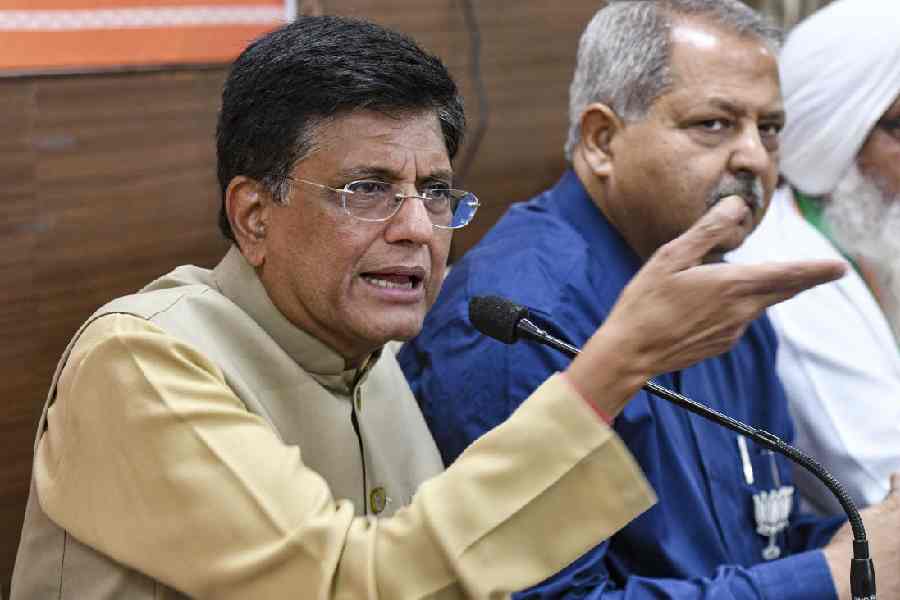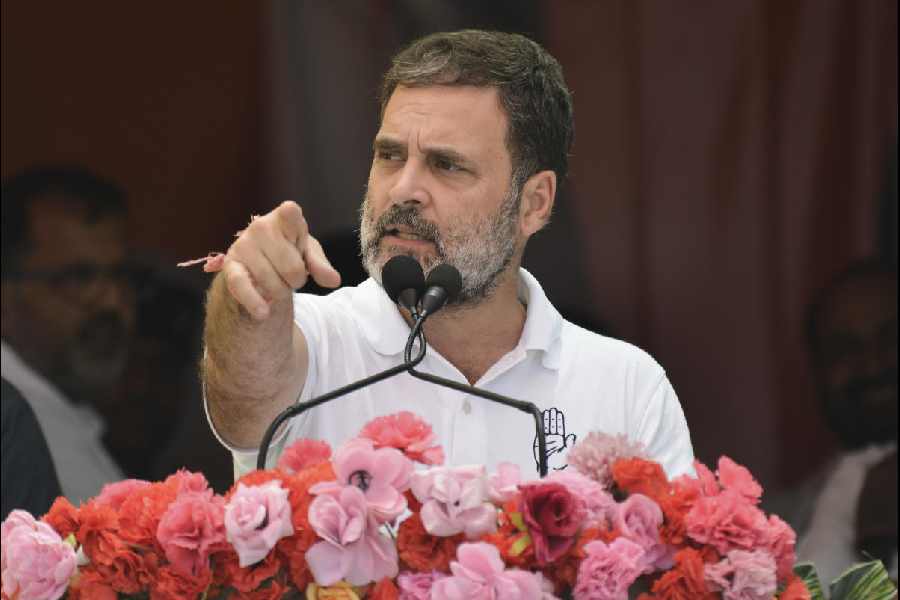One Friday last month, Jamie Raskin, a Democratic congressman from Maryland, spent a chunk of his day in court securing a protective order.
It was not his first. Raskin, who played a leading role in Donald J. Trump’s second impeachment hearing, said he received about 50 menacing calls, emails and letters every month that are turned over to the Capitol police.
His latest court visit was prompted by a man who showed up at his house and screamed in his face about the Covid-19 vaccine, Trump’s impeachment and gender-related surgeries. Nearly two years earlier, the same man, with his 3-year-old son in his arms, had yelled profanities at Raskin at a July 4 parade, according to a police report.
“I told the judge I don’t care about him getting jail time. He just needs some parenting lessons,” Raskin said.
Raskin was far from the only government official staring down the uglier side of public service in America in recent weeks. Since late March, bomb threats closed libraries in Durham, North Carolina; Reading, Massachusetts; and Lancaster, Pennsylvania, and suspended operations at a courthouse in Franklin County, Pennsylvania. In Bakersfield, California, an activist protesting the war in Gaza was arrested after telling City Council members: “We’ll see you at your house. We’ll murder you.”
A Florida man was sentenced to 14 months in prison for leaving a voicemail message promising to “come kill” Chief Justice John Roberts.
And Trump, the presumptive Republican presidential nominee, refused to rule out violence if he were to lose in November. “It always depends on the fairness of the election,” he said in an interview late last month.
This was just a typical month in American public life, where a steady undercurrent of violence and physical risk has become a new normal. From City Hall to Congress, public officials increasingly describe threats and harassment as a routine part of their jobs. Often masked by online anonymity and propelled by extreme political views, the barrage of menace has changed how public officials do their work, terrified their families and driven some from public life altogether.
By almost all measures, the evidence of the trend is striking. Last year, more than 450 federal judges were targeted with threats, a roughly 150 per cent increase from 2019, according to the US Marshals Service. The US Capitol police investigated more than 8,000 threats to members of Congress last year, up more than 50 per cent from 2018. The agency recently added three full-time prosecutors to handle the volume.
More than 80 per cent of local officials said they had been threatened or harassed, according to a survey conducted in 2021 by the National League of Cities.
“People are threatening not just the prosecutor, the special counsel, the judge but also family members,” said Ronald L. Davis, director of the US Marshals Service. Lisa Monaco, the deputy attorney general, said she saw “an environment where disagreement is increasingly tipping over” into “violent threats”.
It is still rare for those threats to tip into action, experts said, but such instances have increased. Some capture national attention for weeks. The mass shootings at the Tree of Life synagogue in Pittsburgh in 2018 and the Tops Friendly supermarket in Buffalo in 2022 were both carried out by perpetrators who expressed extreme right-wing views. Trump supporters’ riot at the US Capitol on January 6, 2021, was one of the largest acts of political violence in modern American history.
Others — including an Ohio man’s shootout with state troopers after the FBI searched Trump’s home and shootings at the homes of Democratic officials in New Mexico — fall out of the headlines quickly.
Surveys have found increasing public support for politicised violence among both Republicans and Democrats in recent years. A study released last fall by the University of California, Davis, found that nearly one in three respondents considered violence justified to advance some political objectives, including “to stop an election from being stolen”.
“Although actual acts of political violence in America are still quite low compared to some other countries, we’re now in a position where there has been enough violence that the threats are credible,” said Rachel Kleinfeld, a senior fellow at the Carnegie Endowment for International Peace who studies political violence.
Violence — and the threat of it — has been a part of American politics since the nation’s founding. But experts describe this moment as particularly volatile, thanks in great part to social media platforms that can amplify anonymous outrage, spread misinformation and conspiracy theories and turn a little-known public employee into a target.
No politician has harnessed the ferocious power of those platforms like Trump. The former President has long used personal attacks as a strategy to intimidate his adversaries. As he campaigns to return to the White House, he has turned that tactic on the judges and prosecutors involved in his various legal cases, all of whom have subsequently been threatened.
Democrats by and large have been the loudest voices in trying to quell political violence, although many on the right have accused them of insufficiently condemning unruly left-wing protesters on college campuses and at the homes of the Supreme Court justices. After Senator Chuck Schumer, Democrat of New York, warned in 2020 that the Supreme Court justices would “pay the price” if they eliminated federal abortion rights, Chief Justice Roberts called the statement “dangerous”.
Researchers say the climate of intimidation is thriving on political division and distrust, and feeding off other social ills — including mental illness, addiction and prejudice. Women are more commonly threatened than men, as are people of colour, according to a Princeton University survey of local officials.
There is little research on the political views of those behind the onslaught of abuse. Some surveys show that Republican officeholders are more likely to report being targeted, often by members of their own party. Research does show, however, that recent acts of political violence are more likely to be carried out by perpetrators aligned with right-wing causes and beliefs.
Public officials at all levels are changing how they do their jobs in response. Many report feeling less willing to run again or seek higher office, and some are reluctant to take on controversial issues. Turnover among election workers has spiked since 2020; even librarians describe feeling vulnerable.
“These attacks are not coming from people who are looking for solutions,” said Clarence Anthony, the executive director of the National League of Cities. “They’re looking for confrontation.”
Political violence in America is not new. Left-wing activists set off bombs in the Capitol in 1983 and in 1971; five lawmakers were shot by Puerto Rican nationalists in the House chamber in 1954; a pro-German professor planted a bomb in a Senate reception room in 1915. Four Presidents have been assassinated.
For decades after the Civil War, it was common for white Southerners to threaten Republican lawmakers, said Kate Masur, a professor of history at Northwestern University. “It’s hard for us to imagine how violent the US was in the 19th century.”
But researchers view the internet as a new accelerant. Nearly three-quarters of all threats are not made in person, according to a recent Princeton analysis, making it difficult for law enforcement to identify the source.
New York Times News Service










